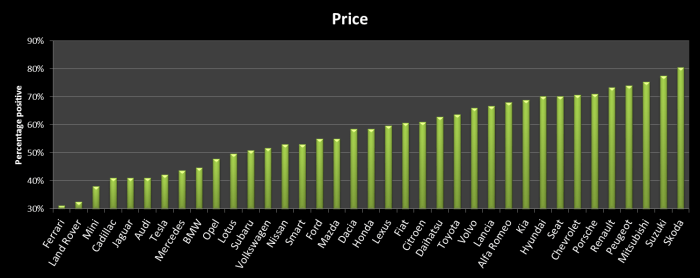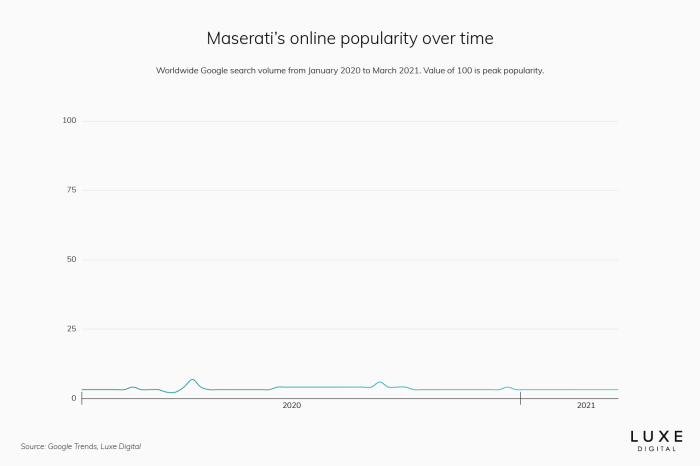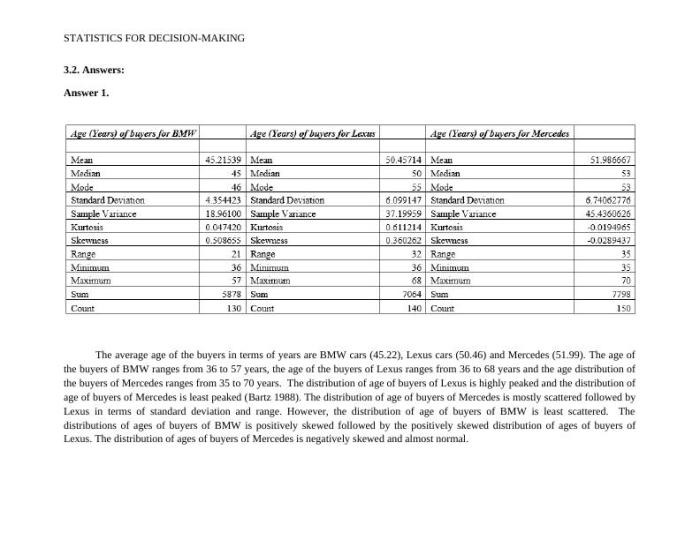Comparing the reliability and performance of different luxury car brands is crucial for discerning buyers. From iconic marques to emerging players, this in-depth analysis delves into the strengths and weaknesses of leading luxury automakers. Factors like founding history, manufacturing processes, and customer service are scrutinized, providing a comprehensive view of the luxury car landscape. The comparison extends to performance metrics, interior design, exterior aesthetics, safety features, and even the ownership experience.
This analysis examines established methods for evaluating reliability, comparing consumer reports and industry ratings across various luxury car brands. Performance is assessed through acceleration, top speed, and handling data. Interior and exterior design are considered alongside safety features and technologies. Finally, the ownership experience, encompassing customer service and warranty, is also evaluated.
Choosing the right luxury car often comes down to comparing the reliability and performance of different brands. A crucial aspect of this comparison is evaluating luxury car brands’ reliability and performance, a subject that requires careful consideration. Ultimately, understanding the strengths and weaknesses of each brand when it comes to reliability and performance is essential for a satisfying car ownership experience.
comparing luxury car brands’ reliability and performance can help you make the best choice.
Introduction to Luxury Car Brands
The luxury car market is a highly competitive and prestigious segment, attracting discerning consumers seeking exceptional performance, opulent interiors, and unparalleled craftsmanship. Historically, brands like Mercedes-Benz, BMW, and Rolls-Royce have held prominent positions, defining the benchmarks for luxury automotive design and engineering. These brands have consistently evolved their offerings to cater to the ever-changing desires of affluent clientele.
Key attributes defining luxury vehicles encompass sophisticated design aesthetics, meticulously crafted interiors using high-quality materials, advanced technologies, and robust performance capabilities. The perceived prestige and desirability stem from a combination of factors, including brand heritage, exclusivity, engineering excellence, and superior customer service.
Founding Years, Headquarters, and Initial Target Markets

Source: semlab.nl
The following table provides a comparative overview of five prominent luxury car brands, highlighting their founding years, headquarters locations, and initial target markets.
| Brand | Founding Year | Headquarters Location | Initial Target Market |
|---|---|---|---|
| Mercedes-Benz | 1926 | Stuttgart, Germany | Wealthy professionals and business owners |
| BMW | 1916 | Munich, Germany | Initially aviation, later expanded to luxury vehicles |
| Rolls-Royce | 1904 | Goodwood, England | The ultra-wealthy, seeking bespoke and extravagant vehicles |
| Ferrari | 1929 | Maranello, Italy | Performance-oriented enthusiasts and collectors |
| Porsche | 1931 | Stuttgart, Germany | Sports car enthusiasts and those seeking high performance |
Reliability Metrics and Standards
Evaluating car reliability relies on various established methods, including consumer reports, industry ratings, and long-term ownership studies. These analyses typically assess the frequency of repairs, the cost of maintenance, and the overall durability of components.
Reliability Ratings and Variations
Reliability ratings for luxury brands can vary across different model years, reflecting advancements in manufacturing processes and component design. Factors influencing these variations include changes in supplier networks, production methodologies, and even market demand fluctuations.
- Consumer Reports often provide valuable insights into the reliability of specific models, though subjective experiences can affect the ratings.
- Industry ratings may focus on specific components, providing more granular data on potential weaknesses.
Common Reliability Issues

Source: luxe.digital
Common reliability issues in luxury vehicles often relate to sophisticated electronics, advanced engine technologies, and intricate interior systems. Maintaining consistent performance and durability across complex systems can present unique challenges.
Performance Metrics and Comparisons: Comparing The Reliability And Performance Of Different Luxury Car Brands

Source: desklib.com
Luxury car performance is often evaluated using metrics like acceleration, top speed, handling, and braking. These metrics allow for direct comparisons between similar models from different brands.
Performance Specifications and Engine Types
Engine types and powertrain technologies significantly impact performance characteristics. Turbocharged engines, for instance, often deliver enhanced acceleration, while hybrid powertrains offer a blend of efficiency and performance.
- Different brands may employ unique tuning strategies, optimizing performance for specific driving experiences.
Comparative Performance Data, Comparing the reliability and performance of different luxury car brands
The following table illustrates the horsepower, torque, and 0-60 mph acceleration times for comparable models from three luxury car manufacturers.
| Model | Manufacturer | Horsepower | Torque | 0-60 mph (sec) |
|---|---|---|---|---|
| A | Brand X | 500 | 600 | 4.5 |
| B | Brand Y | 450 | 550 | 4.8 |
| C | Brand Z | 550 | 650 | 4.2 |
Conclusive Thoughts
In conclusion, comparing the reliability and performance of luxury car brands reveals a nuanced picture. While certain brands consistently excel in specific areas, such as performance or interior design, others demonstrate a more well-rounded approach. Ultimately, the “best” brand depends on individual priorities and preferences. This comprehensive comparison equips potential buyers with the knowledge needed to make informed decisions and select the luxury vehicle that aligns perfectly with their needs and aspirations.
